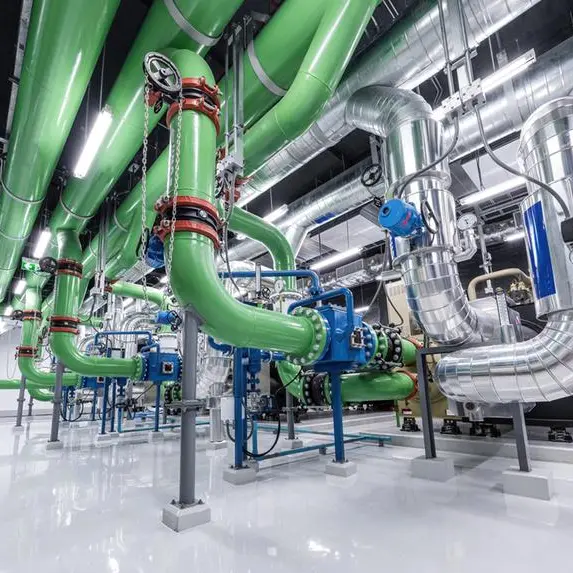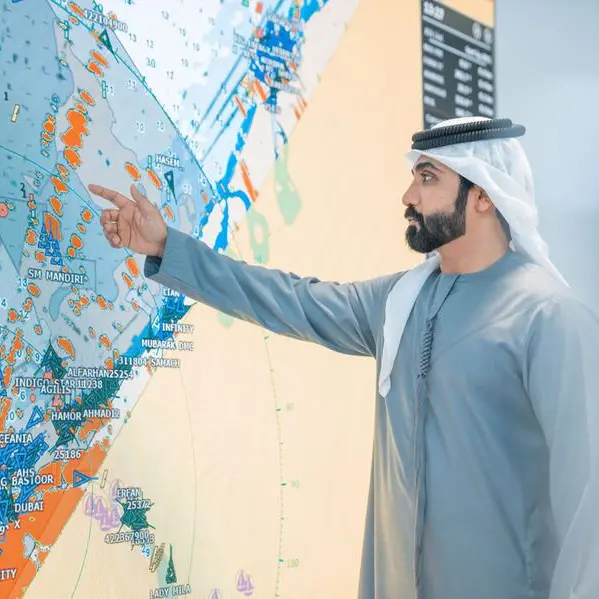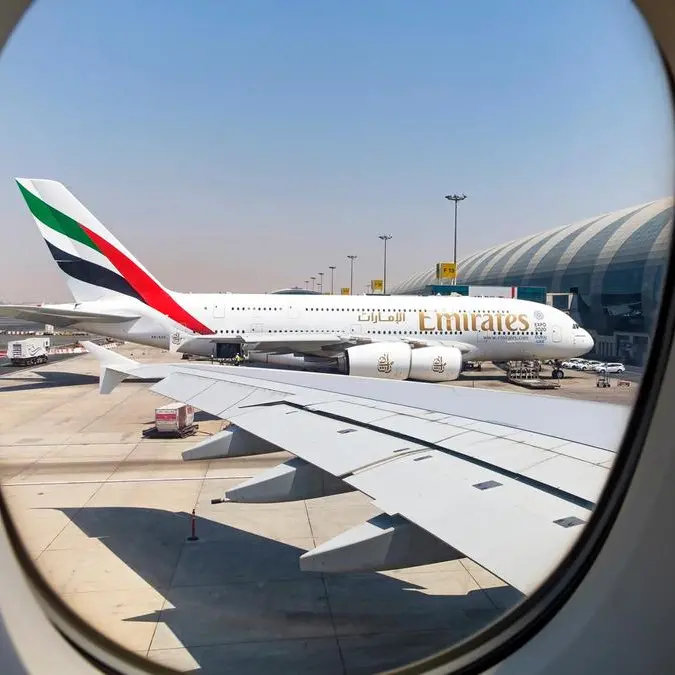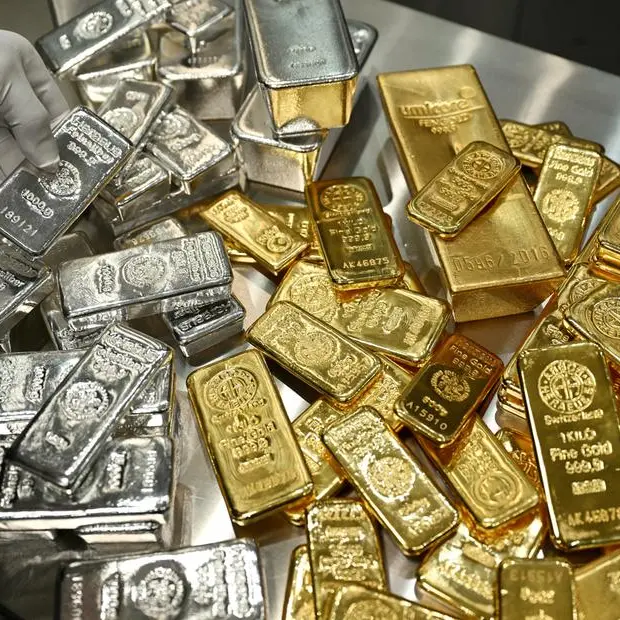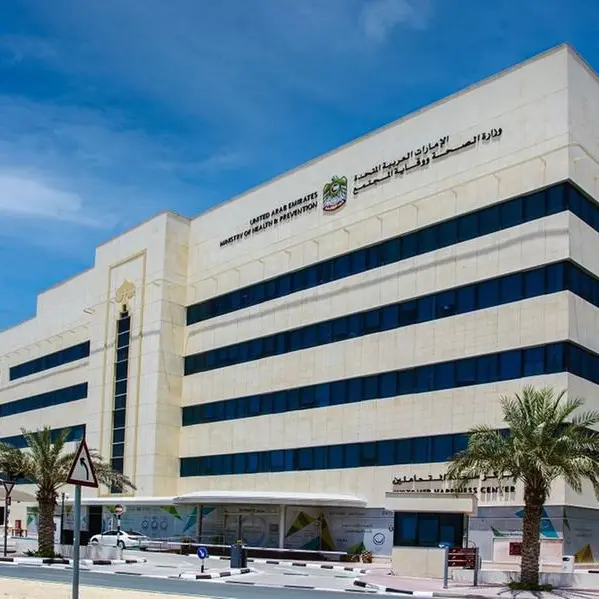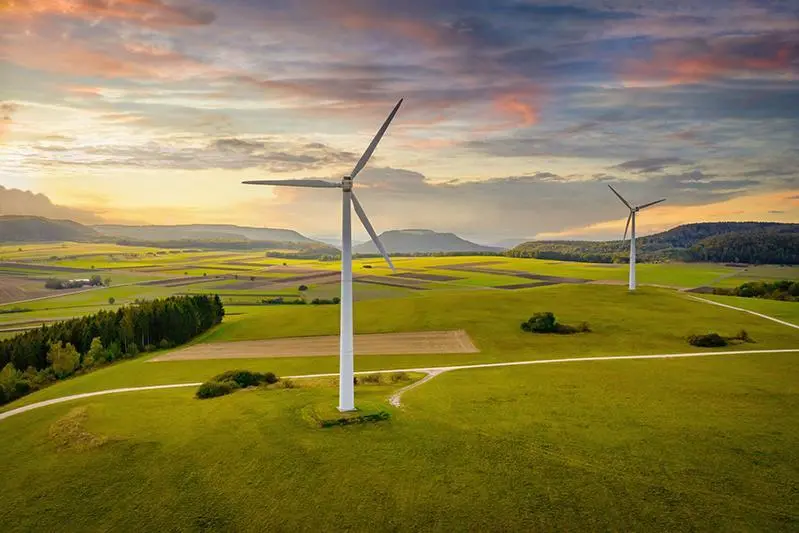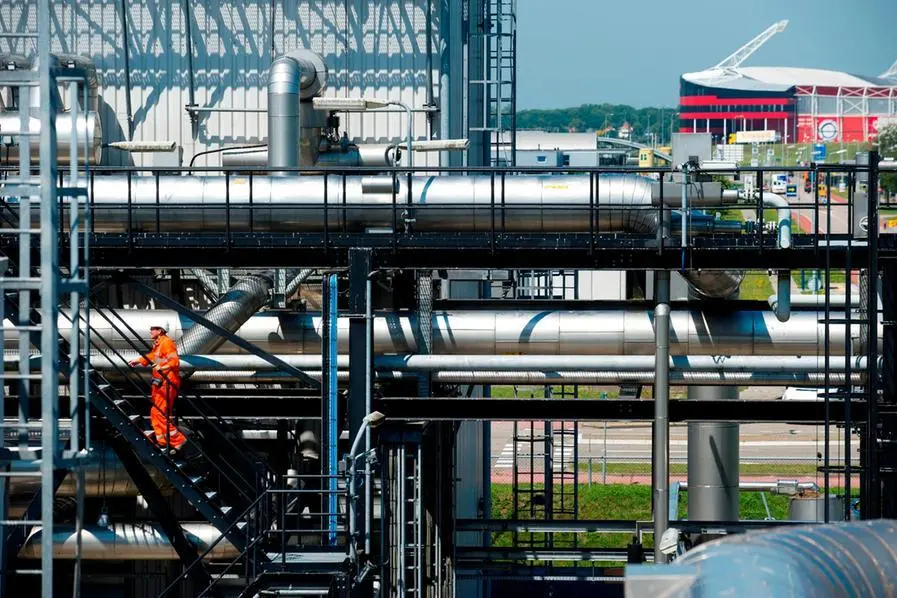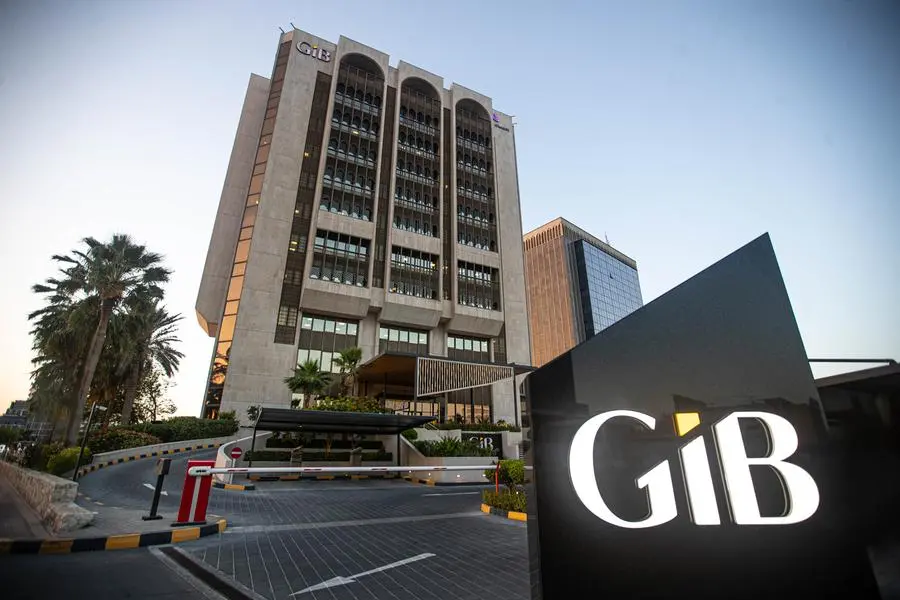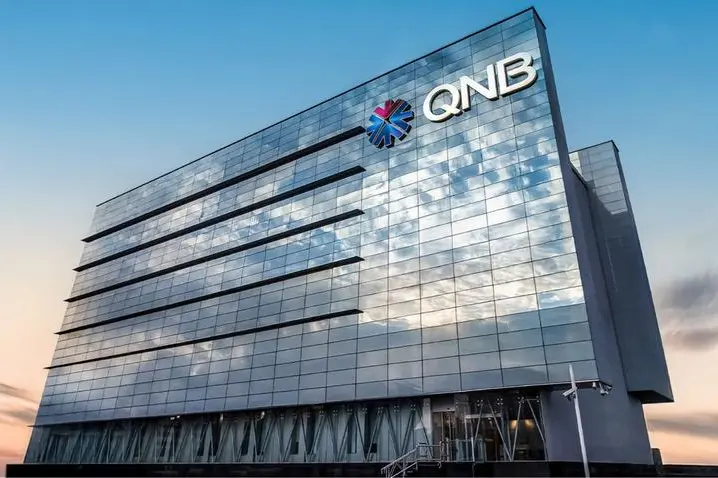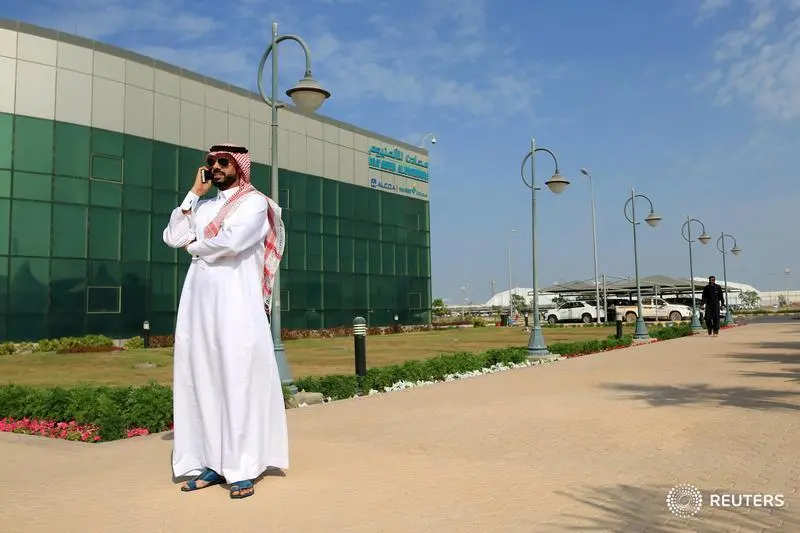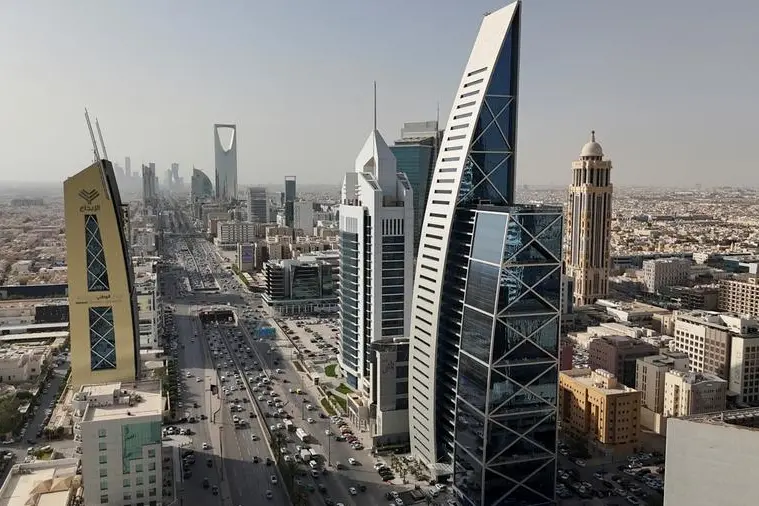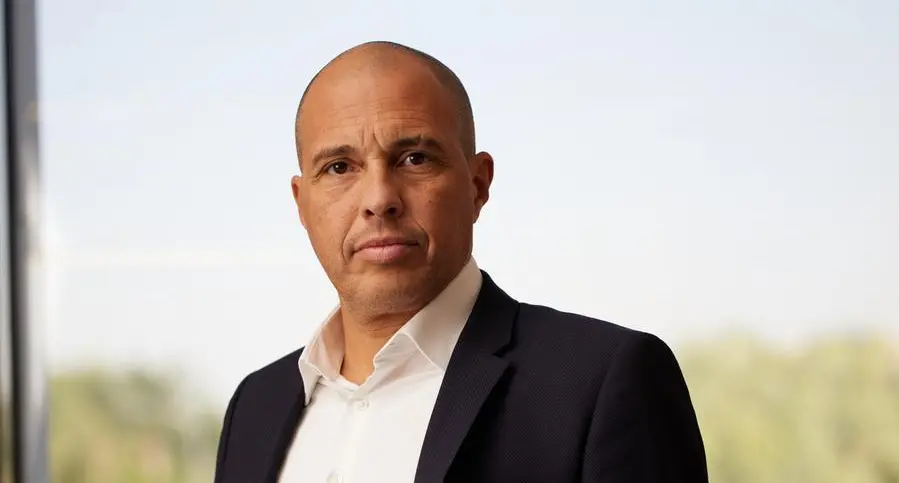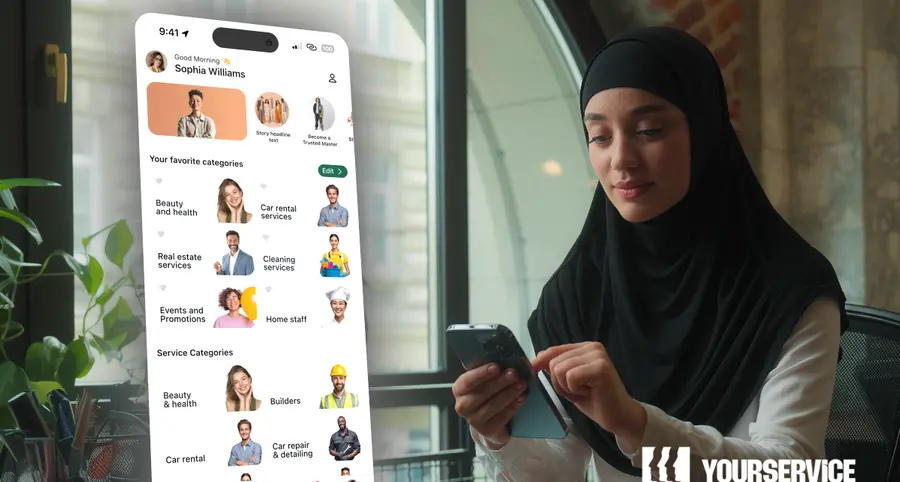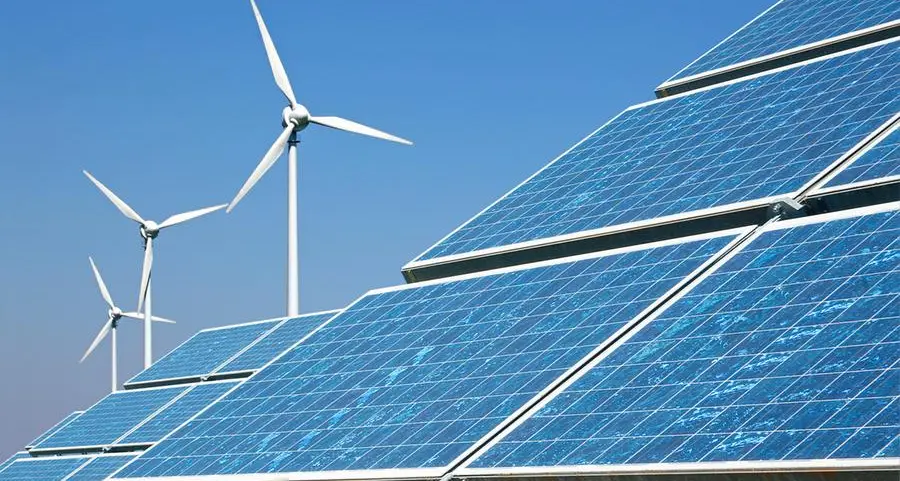22 March 2007
It might just be another Thursday for many people, but for the more environmentally inclined among us, today is to be celebrated as 'World Water Day'. Water, the stuff of life, the stuff that we need for almost every aspect of survival is under threat and environmental experts have warned that fresh water is set to become even more precious as global warming begins to bite.
Even scarier still is the prediction that right here in the Middle East is where some of the more serious water supply problems are to be expected. According to UN estimates, by 2025, two-thirds of the planet's population will be living with water stress, with the Middle East being one of the worst afflected regions. Accordingly, the organisers behind World Water Day have themed this year's awareness campaign with the tag-line 'Coping with Water Scarcity' - in the hope of highlighting and drawing attention to the need for an increased effort to help sustain and manage water resources at both international and local levels.
A quick glance at the UAE and the way it uses water to get that 'green' affect and anyone would be forgiven for thinking that water wastage is a popular pass-time here. And it may be true too, according to the United Arab Emirates Embassy web site in Washington DC, the UAE is now the world's third largest per capita water consumer after the US and Canada.
David Thirion is a sound engineer living in Dubai and he has strong views about the amount of water he sees being used around him.
"The amount of water used in Dubai everyday is an outright waste. We live in the desert, so we should be trying to conserve water. In a place like Europe where it rains a lot more than here, they do a much better job than us conserving water," says Thirion.
"I would love someone to explain to me why people here need to clean their car every day. I put it down to a lack of education and the fact that too many people here live in a cocoon of money and refuse to acknowledge important world issues - away from taxes and poor people, some people live in a bubble of luxury and don't understand what is happening to the world around them."
So where does the UAE get it's water from and how does this process affect the environment?
Historically, all the UAE's water requirements were met from groundwater obtained from shallow, hand-dug wells, as well as by the careful trapping of seasonal rainfall. Over the past two decades, however, increasing pressure on the UAE's precious natural water resources has presented a real challenge for a country with no rivers and little rainfall. Today most of the water comes from desalination plants, where they convert seawater into the water you find in your tap - and while for the moment there is available sea water to change, it's the amount of energy used in the process that is the present problem.
At the Abu Dhabi Umm Al Nar Power, the largest desalination plant in the UAE, the total net water output per day is 143 million gallons per day, but according to Neil Cranswick, production manager at the Abu Dhabi plant, they are not breaking any environmental codes churning out the water quotas they do.
"We are stringently monitored as regards to the amount of pollution our plant causes and the sea water temperature is constantly monitored by an environmental agency to make sure it is not rising too rapidly," says Cranswick. "But despite adhering to environmental guidelines, it is true that the more water people use, the more energy our plant needs to use to meet that water demand. We can all help reduce the amount of oil and gas used at the plant if people are careful about their water use. We need to be sensible and think about water conservation," says Cranswick.
Golf courses in the UAE are probably the biggest culprits when it comes to water wastage. We live in an arid desert, yet Dubai's top golf courses are greener than green - and rightly so, since an average of one million litres of water is used per day to keep the course fresh and colourful. However, because of efforts to conserve water the government only allows recycled and treated sewerage water to be used on the golf course greens.
Like most environmental issues facing us today, the direct disastrous affects to be had are too far in the distance for most people to care, but that is why we have days such as World Water Day - to remind us to look after the precious resources we need to survive. There are things that every person can do to help conserve water in their everyday life - it's just putting it into practice that is the challenge.
Don't be a drip conserve water
Toilet Tips
Toilets can account for almost 30 per cent of all indoor water use. More than any other fixture or appliance. Older toilets (installed prior to 1994) use 13-27 litres of water per flush and as much as 76 litres per person per day. Replacing an old toilet with a new model can save the typical household 29,902 - 82,135 litres of water per year, cutting both your water and wastewater bills. Install an ultra low-flow toilet that requires only 6 litres per flush.
Showers And Faucets Tips
Take a quick shower rather than a bath and save an average of 76 litres of water. Turn off the water when brushing your teeth or shaving and save more than 19 litres per day. Clean vegetables in a sink or pan partially filled with water rather than running water from the tap. Reuse the water that vegetables are washed in for watering houseplants or for cleaning.
General Outdoor Tips
Wash your car with a bucket of soapy water and use a nozzle to stop the flow of water from the hose between rinsing. Cover your spa or pool to reduce evaporation. An average size pool left uncovered can lose as much as 3,785 litres of water per month. Also, check your spa/pool for leaks and have them repaired promptly.
It might just be another Thursday for many people, but for the more environmentally inclined among us, today is to be celebrated as 'World Water Day'. Water, the stuff of life, the stuff that we need for almost every aspect of survival is under threat and environmental experts have warned that fresh water is set to become even more precious as global warming begins to bite.
Even scarier still is the prediction that right here in the Middle East is where some of the more serious water supply problems are to be expected. According to UN estimates, by 2025, two-thirds of the planet's population will be living with water stress, with the Middle East being one of the worst afflected regions. Accordingly, the organisers behind World Water Day have themed this year's awareness campaign with the tag-line 'Coping with Water Scarcity' - in the hope of highlighting and drawing attention to the need for an increased effort to help sustain and manage water resources at both international and local levels.
A quick glance at the UAE and the way it uses water to get that 'green' affect and anyone would be forgiven for thinking that water wastage is a popular pass-time here. And it may be true too, according to the United Arab Emirates Embassy web site in Washington DC, the UAE is now the world's third largest per capita water consumer after the US and Canada.
David Thirion is a sound engineer living in Dubai and he has strong views about the amount of water he sees being used around him.
"The amount of water used in Dubai everyday is an outright waste. We live in the desert, so we should be trying to conserve water. In a place like Europe where it rains a lot more than here, they do a much better job than us conserving water," says Thirion.
"I would love someone to explain to me why people here need to clean their car every day. I put it down to a lack of education and the fact that too many people here live in a cocoon of money and refuse to acknowledge important world issues - away from taxes and poor people, some people live in a bubble of luxury and don't understand what is happening to the world around them."
So where does the UAE get it's water from and how does this process affect the environment?
Historically, all the UAE's water requirements were met from groundwater obtained from shallow, hand-dug wells, as well as by the careful trapping of seasonal rainfall. Over the past two decades, however, increasing pressure on the UAE's precious natural water resources has presented a real challenge for a country with no rivers and little rainfall. Today most of the water comes from desalination plants, where they convert seawater into the water you find in your tap - and while for the moment there is available sea water to change, it's the amount of energy used in the process that is the present problem.
At the Abu Dhabi Umm Al Nar Power, the largest desalination plant in the UAE, the total net water output per day is 143 million gallons per day, but according to Neil Cranswick, production manager at the Abu Dhabi plant, they are not breaking any environmental codes churning out the water quotas they do.
"We are stringently monitored as regards to the amount of pollution our plant causes and the sea water temperature is constantly monitored by an environmental agency to make sure it is not rising too rapidly," says Cranswick. "But despite adhering to environmental guidelines, it is true that the more water people use, the more energy our plant needs to use to meet that water demand. We can all help reduce the amount of oil and gas used at the plant if people are careful about their water use. We need to be sensible and think about water conservation," says Cranswick.
Golf courses in the UAE are probably the biggest culprits when it comes to water wastage. We live in an arid desert, yet Dubai's top golf courses are greener than green - and rightly so, since an average of one million litres of water is used per day to keep the course fresh and colourful. However, because of efforts to conserve water the government only allows recycled and treated sewerage water to be used on the golf course greens.
Like most environmental issues facing us today, the direct disastrous affects to be had are too far in the distance for most people to care, but that is why we have days such as World Water Day - to remind us to look after the precious resources we need to survive. There are things that every person can do to help conserve water in their everyday life - it's just putting it into practice that is the challenge.
Don't be a drip conserve water
Toilet Tips
Toilets can account for almost 30 per cent of all indoor water use. More than any other fixture or appliance. Older toilets (installed prior to 1994) use 13-27 litres of water per flush and as much as 76 litres per person per day. Replacing an old toilet with a new model can save the typical household 29,902 - 82,135 litres of water per year, cutting both your water and wastewater bills. Install an ultra low-flow toilet that requires only 6 litres per flush.
Showers And Faucets Tips
Take a quick shower rather than a bath and save an average of 76 litres of water. Turn off the water when brushing your teeth or shaving and save more than 19 litres per day. Clean vegetables in a sink or pan partially filled with water rather than running water from the tap. Reuse the water that vegetables are washed in for watering houseplants or for cleaning.
General Outdoor Tips
Wash your car with a bucket of soapy water and use a nozzle to stop the flow of water from the hose between rinsing. Cover your spa or pool to reduce evaporation. An average size pool left uncovered can lose as much as 3,785 litres of water per month. Also, check your spa/pool for leaks and have them repaired promptly.
© 7Days 2007

